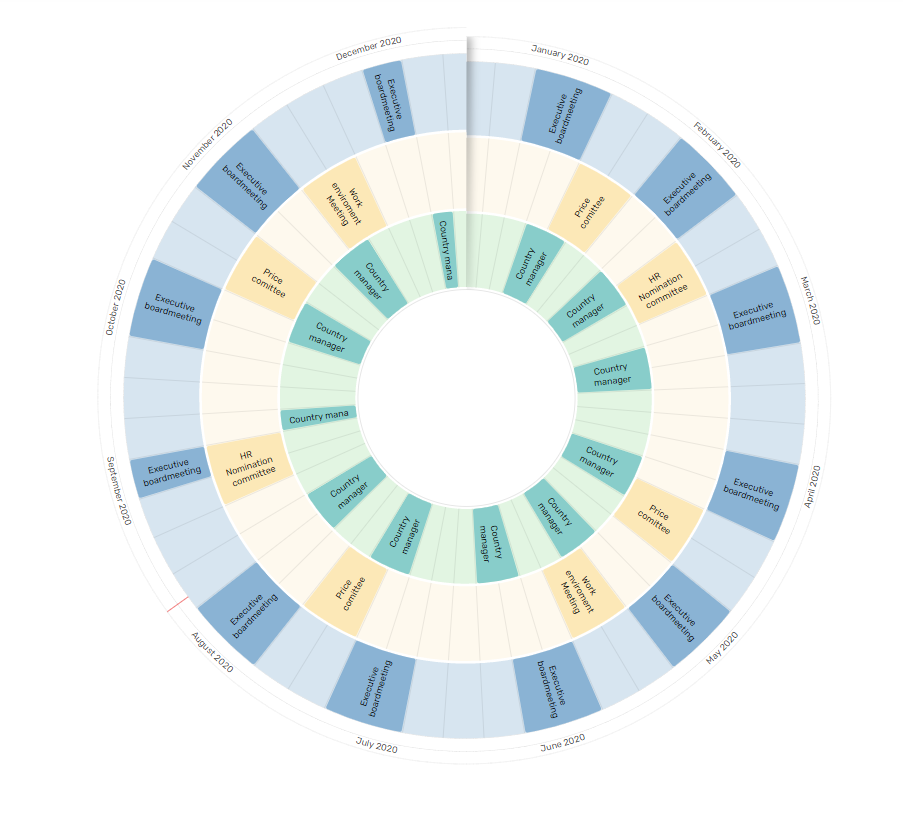
A new term was on many people’s lips in 2018 – pseudo work. As we begin 2019, the question is whether you will start the year with a big and comprehensive piece of pseudo work?
But what does pseudo work actually mean? Examples of this could be meetings that lead to nothing at all. It could also be the drafting of annual reports and reports, not to mention grandiose and visionary annual plans with a lot of declarations of intent – which are simply forgotten when the busyness of everyday life sets in.
Is creating the annual plan pseudo work?
A new calendar year means in many companies, it is time to create a new annual plan. This despite the fact that everyone in the organization knows what will happen during the year. Nevertheless, a lot of time and resources are spent trying to create what some would call pseudo work. Others may even use a slightly more clichéd phrase – old wine in new bottles.
More and more organizations have come to the realization that static annual plans are often a waste of time. They have realized that it is more about mapping and optimizing the cycles that the organization already has, says Torben Stigaard, a partner at Plandisc. And no, cycles are not just something they do over in HR.
“Have you asked yourself what happens if you don’t have an annual plan for 2019?”
The circular planner illustrates the cycle of the organization
At Plandisc, we see that more and more organizations are adopting a mindset based on the yearly cycle. Essentially, this means that the year has its cycle and this cycle is often the same year after year.
So it is more about optimizing and refining the many activities you already have. In a yearly cycle, you don’t talk about “coming up with” new projects and initiatives just because you are facing a new year.
SEven in the otherwise creative marketing department, they rarely come up with new campaigns every year. The Easter campaign and the January sale are well-known and established every year. The goal is therefore to improve the results and quality of the campaigns. That is, to incorporate what you learned last year.
I believe that the ability to learn from past experiences – both good and bad – and incorporate this learning into the organization will be crucial. It will be one of the biggest challenges in the coming years.

Therefore, it is time to break away from the static annual plan, which does not see the year as a cyclical process. In the yearly cycle, the focus is on optimizing efforts, while the mindset in an annual plan is rather that we are starting over and creating new activities in the new year… which are basically the same activities from last year… just with a “new name”.
Working with a circular planner doesn’t mean that you don’t initiate new projects. The difference between the circular planner and the static annual plan is where you take your starting point for the new calendar year.

